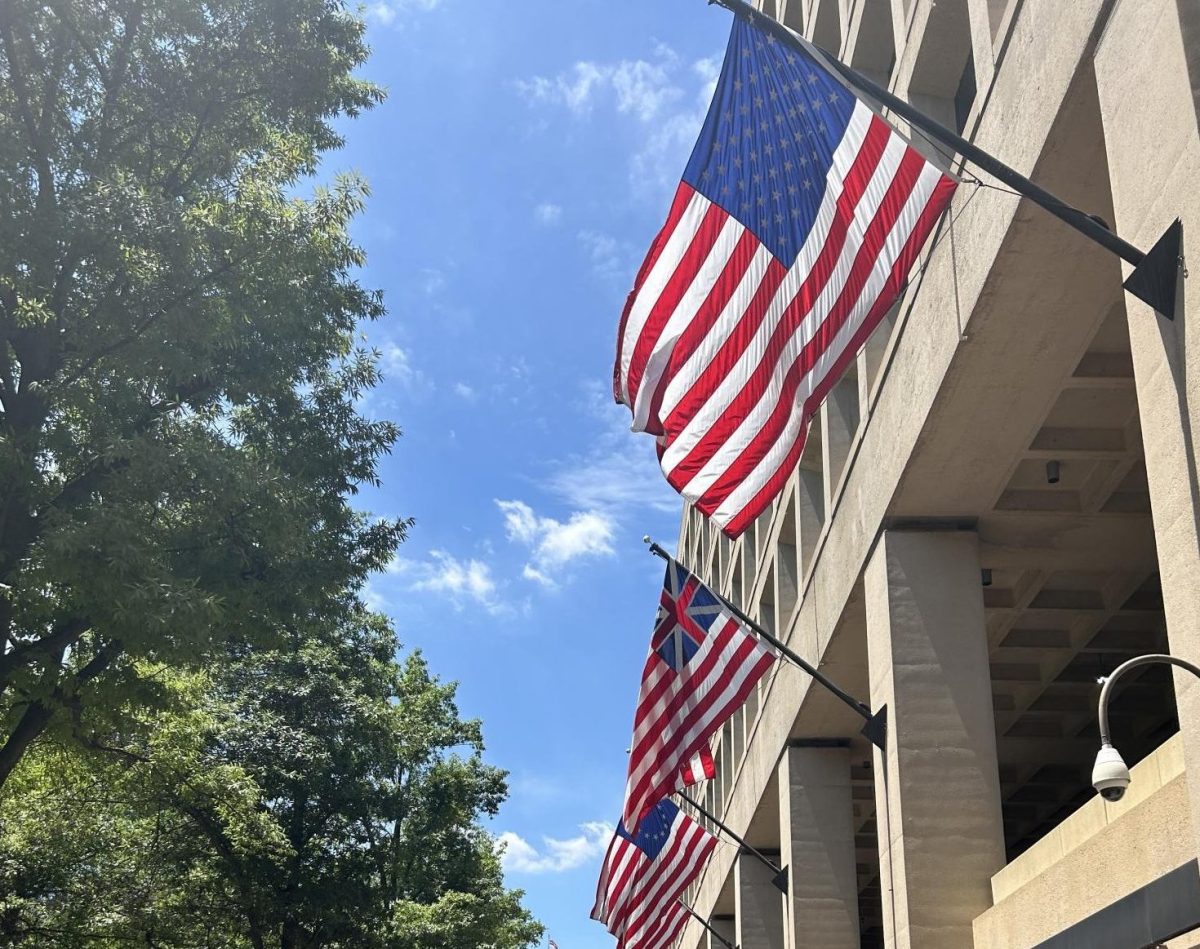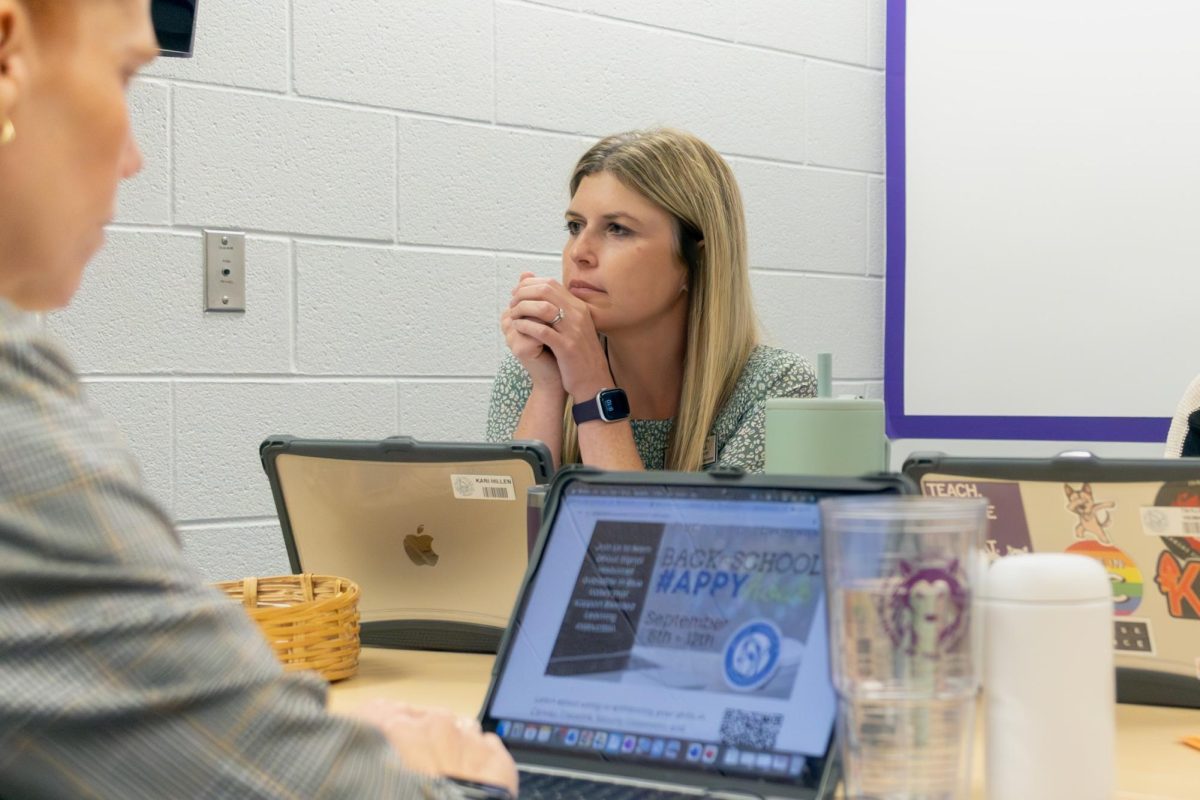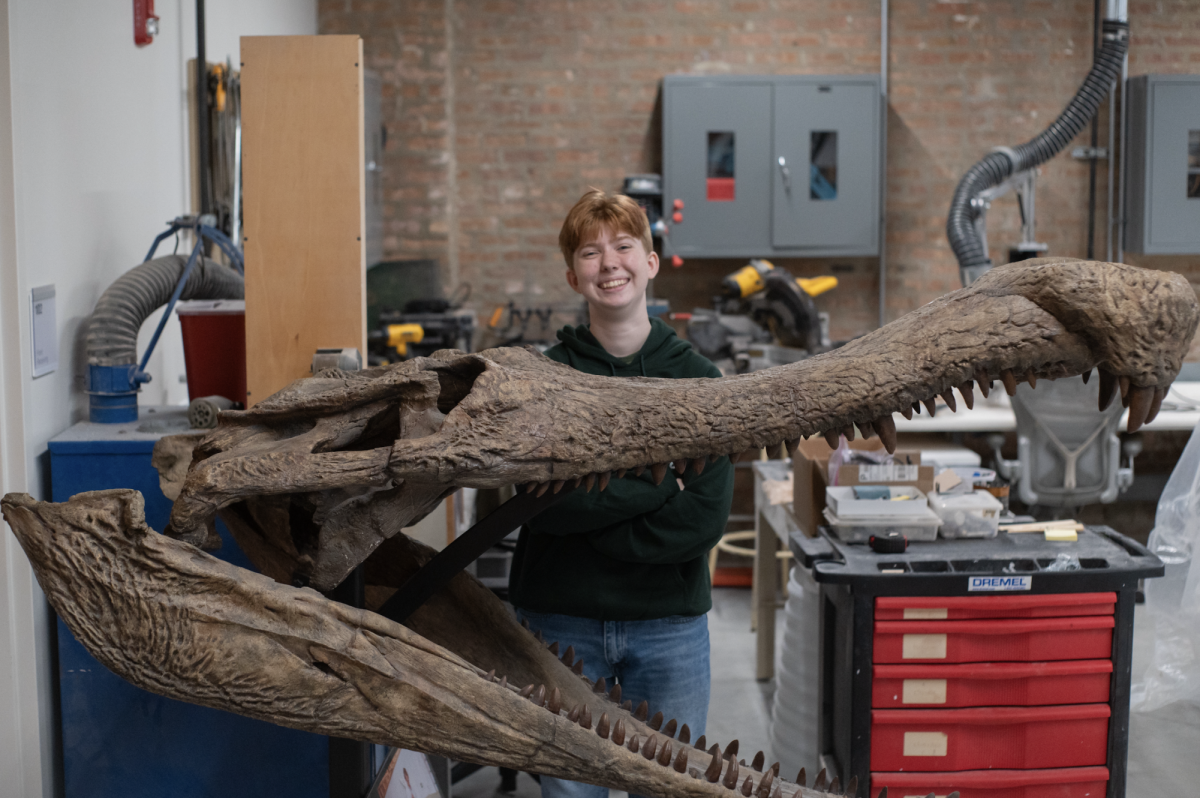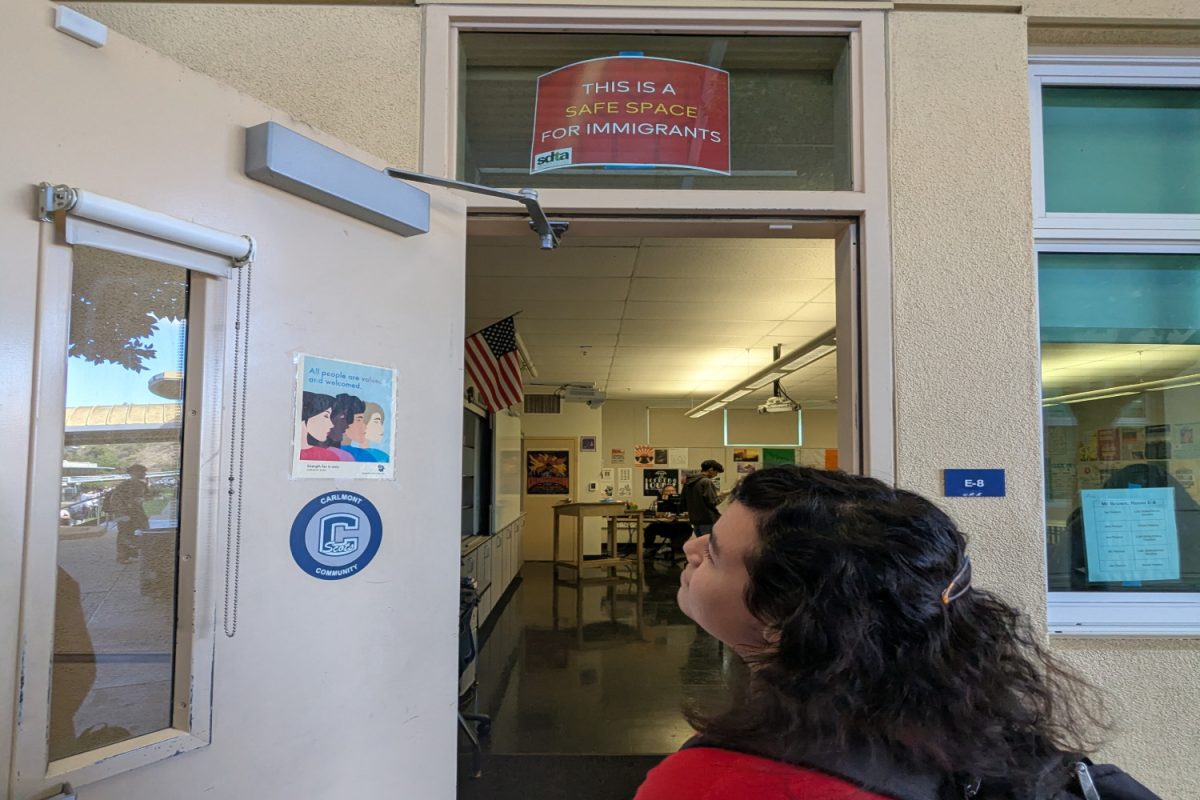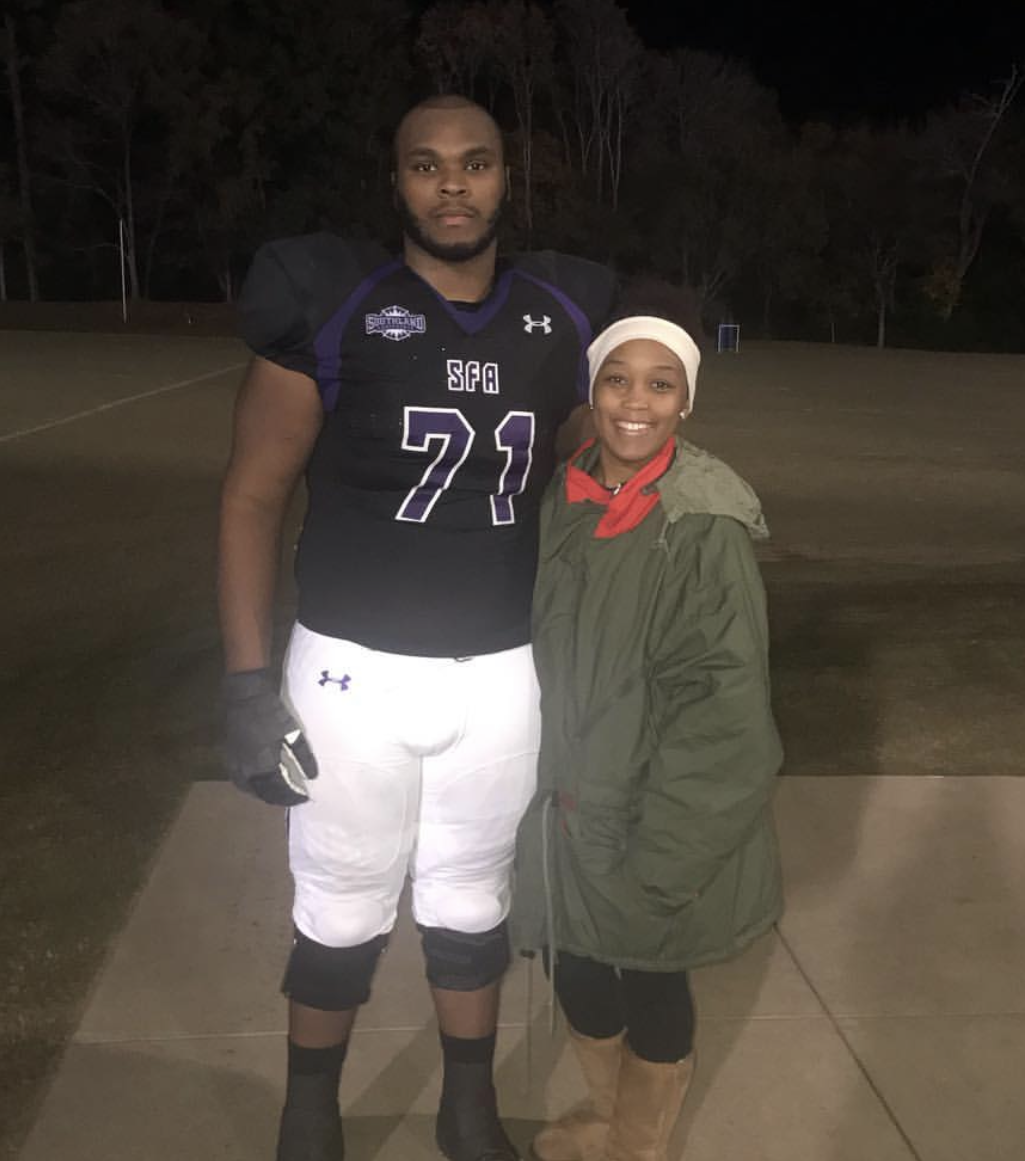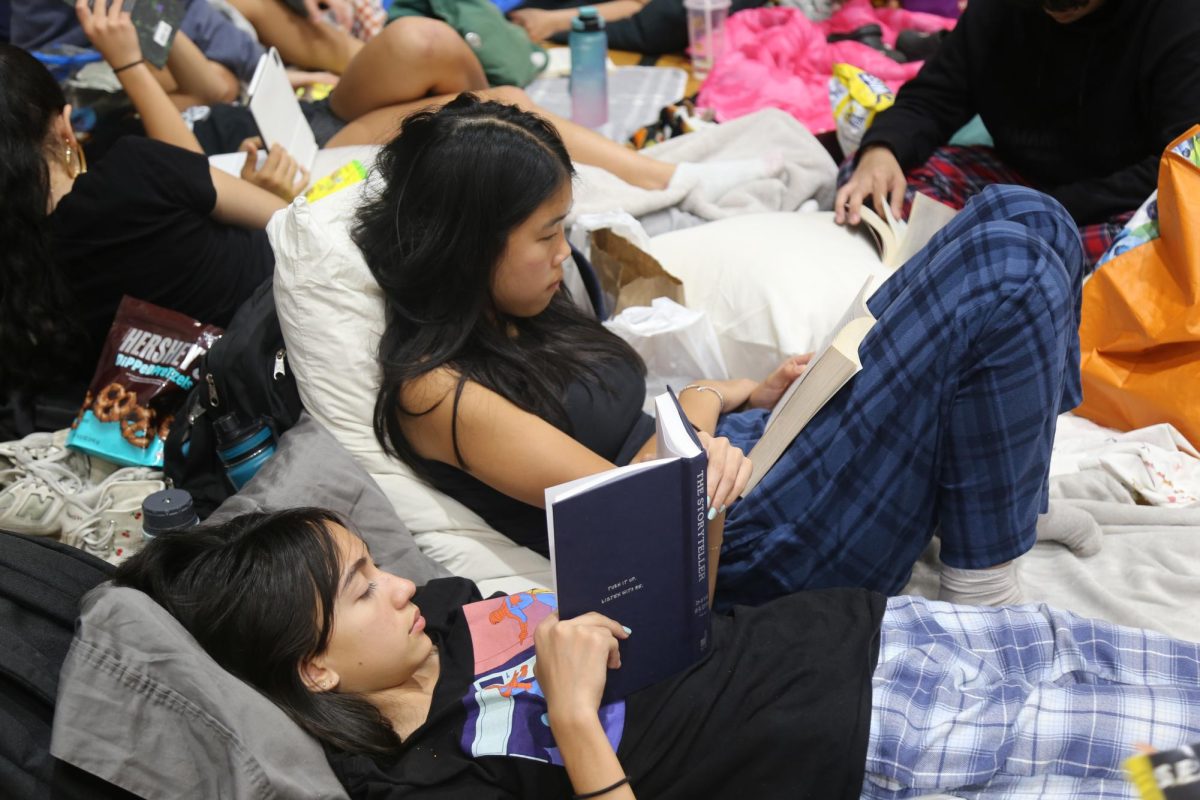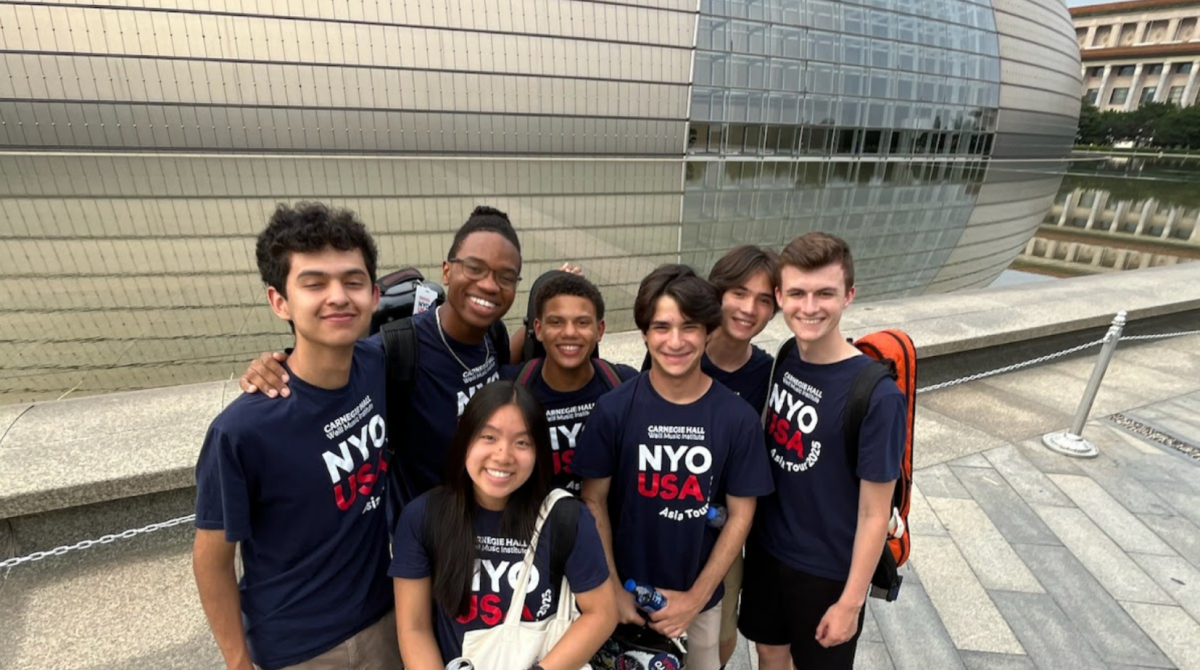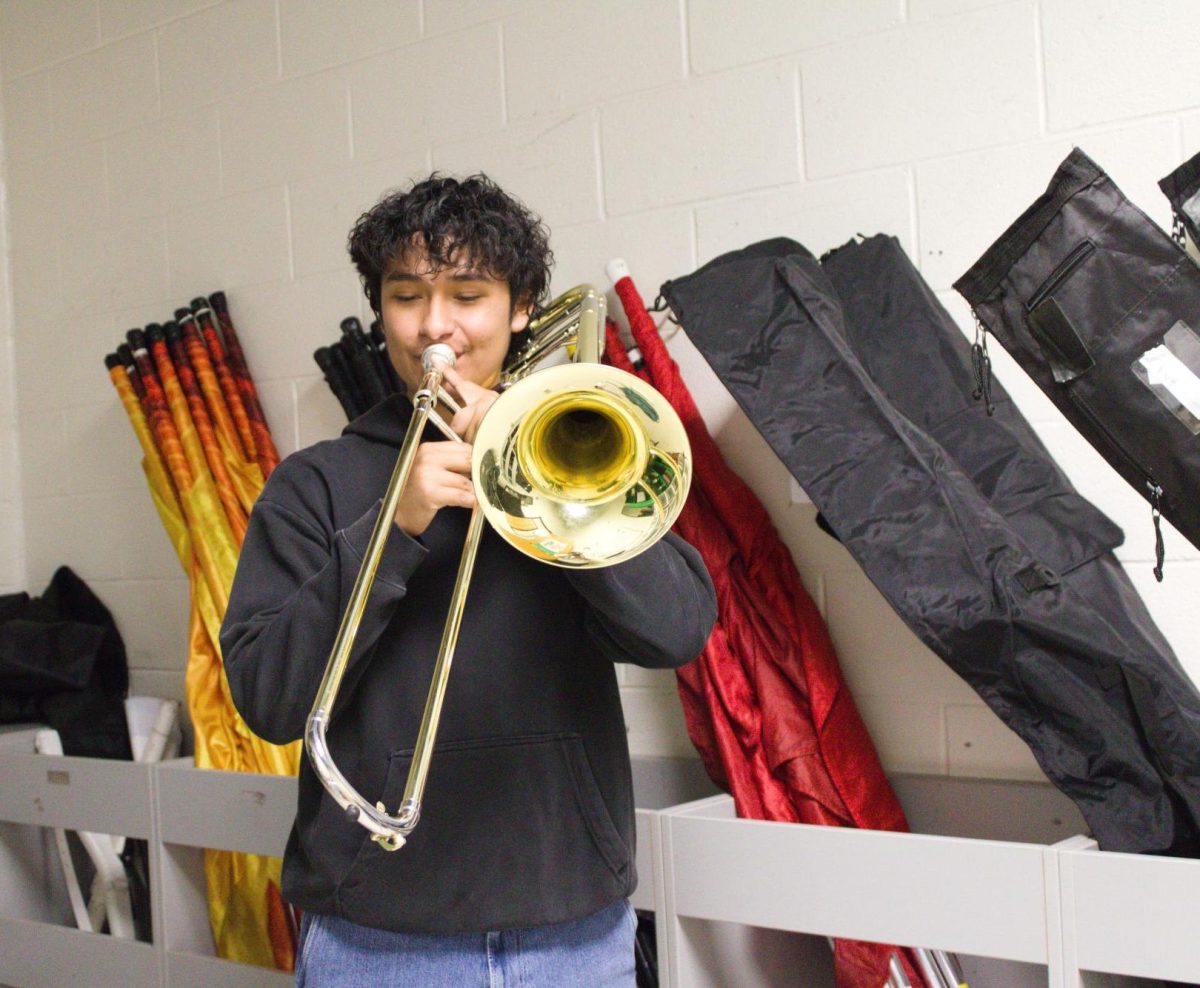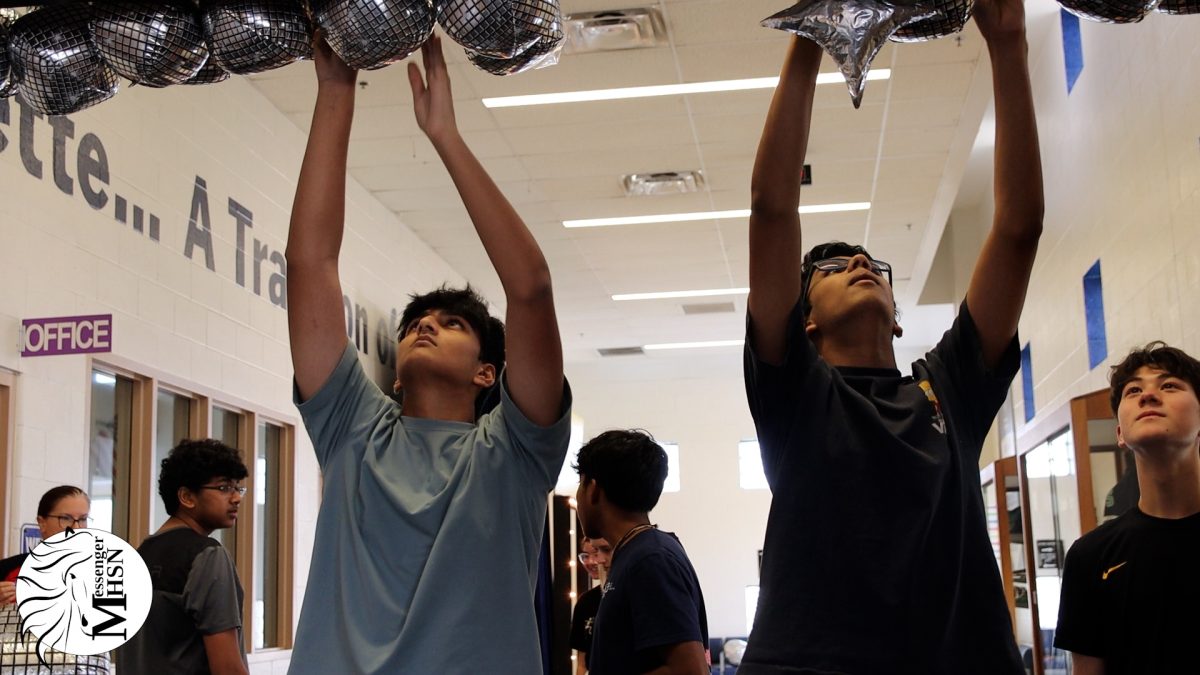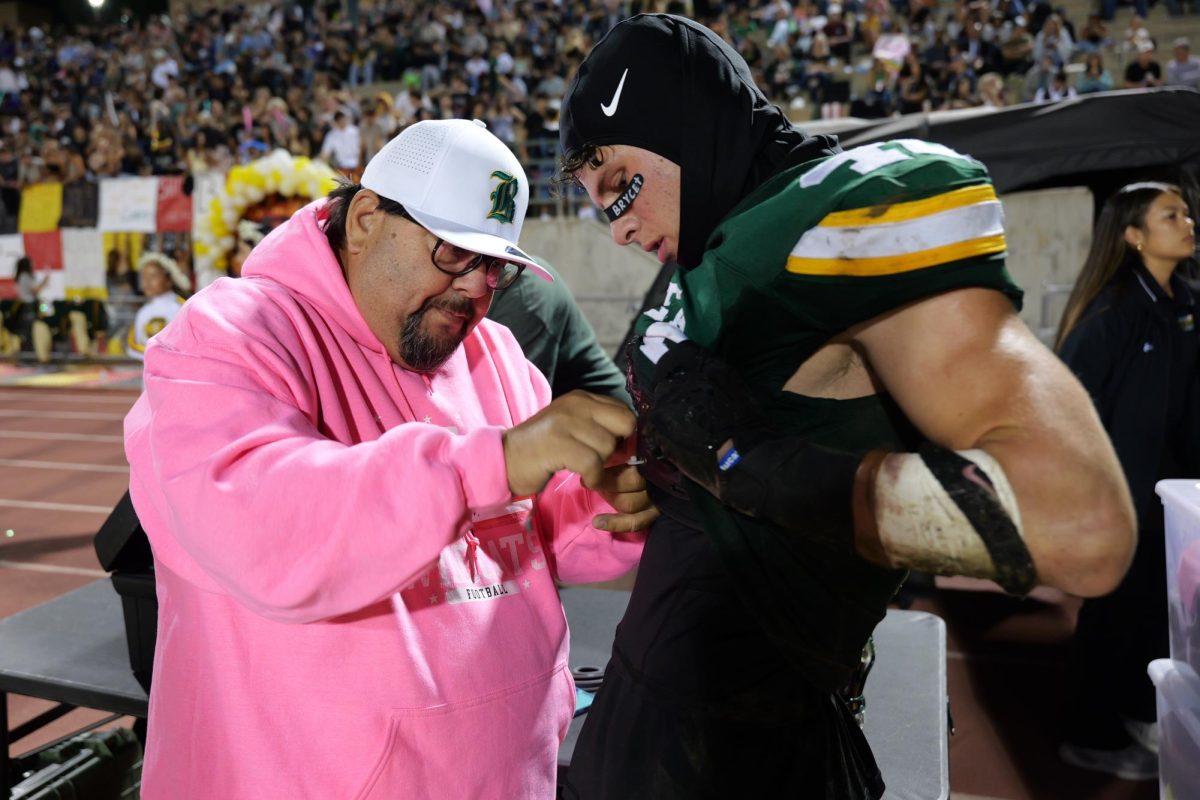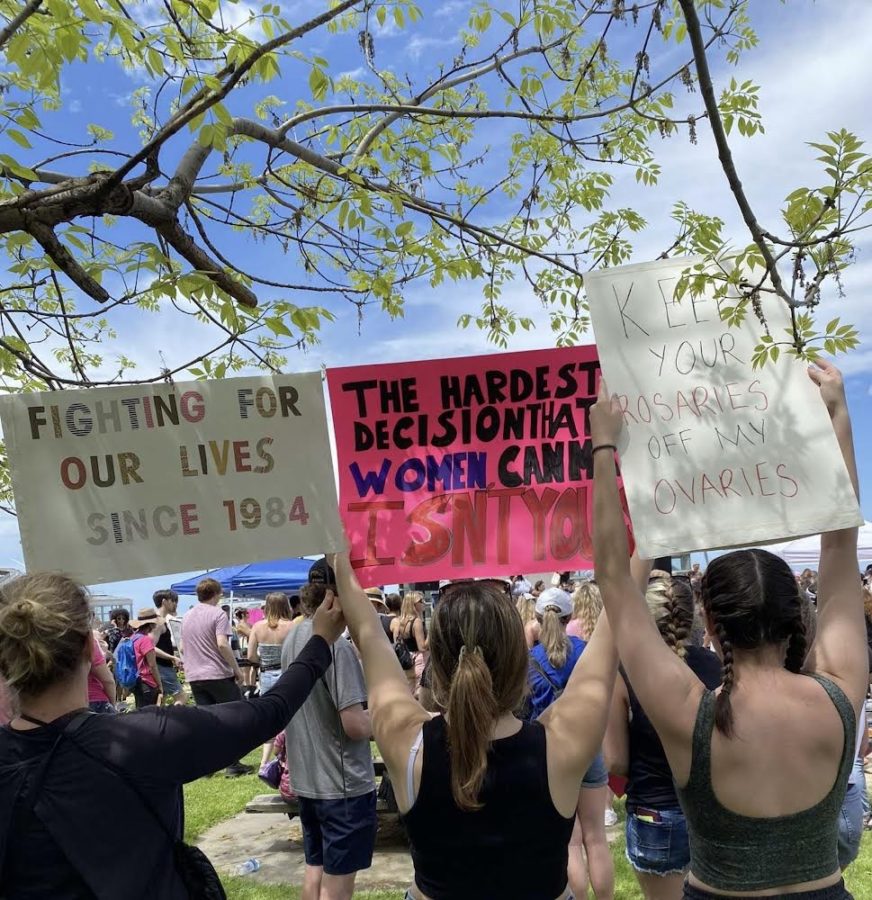How Will the Dobbs Ruling Affect Ohio Women?
October 10, 2022
The Supreme Court released a decision on June 24 to overturn the 1973 ruling Roe v. Wade in the case Dobbs v. Jackson Women’s Health Center.
This ruling came after Politico leaked a draft in early May that showed the Court planned to overturn the decision.
“The Constitution does not confer a right to abortion, the precedents of Roe and Casey are overruled, and the authority to regulate abortion is returned to the people and their elected representatives,” the ruling states.
Charlie Koppitch, a sophomore at Benedictine High School, believes the Dobbs decision was rightly decided.
“Constitutionally speaking, the Dobbs decision will just give the power of setting the rules of abortion back to the states,” he wrote in an email. “This is how it should be formulated legally, because abortion is a moral issue, and issues like that are supposed to be reserved for the State governments to decide.”
“It may affect some women seeking abortions in states with trigger [laws] making them have to go somewhere else for a procedure,” he added. “But the Dobbs decision should not directly take away any rights previously given.”
Ohio is one of the states Koppitch refers to. Abortion is currently illegal in Ohio after a heartbeat is found, usually around six weeks of pregnancy, and there are no exceptions for rape or incest. Many women do not know they are pregnant until after six weeks of pregnancy.
The ban in Ohio is a result of Senate Bill 23, also known as the “Human Rights and Heartbeat Protection Act”. The bill was signed in 2019 by Governor Mike Dewine, then blocked by a federal judge, but is now enacted due to the recent Dobbs decision. The bill bans abortion after the detection of fetal cardiac movement, which can happen at six weeks in pregnancy.
Additionally, under the Heartbeat Bill, abortion providers can be charged with a felony if they do not first check for a fetal hearbeat.
Though there are currently nine abortion clinics in Ohio, and several clinics in neighboring states, SB 23 and other abortion “trigger” bans often necessitate longer travel times in order to obtain abortion care, according to a study that appeared in the April edition of the journal Perspectives on Sexual and Reproductive Health.
The study also researched the amount that a person would have to travel under the circumstances that neighboring states still offer abortion care. Researchers found that 62 of Ohio’s counties were at least 115 miles away and at most 279 miles away as of Feb. 2022. This forces women into the decision between traveling hundreds of miles for healthcare or compulsorily carrying their child.
Maya McKenzie, the Public Relations Director of Planned Parenthood, explains how this situation impacts the people who can least afford to spend the time and money it takes to travel.
“We’ve seen women or people with the capacity to be pregnant having to travel across state lines,” she said. “We’re really seeing those within intersections of oppression being more severely affected more than others.”
“Folks that were already seeing barriers that kept them from accessing healthcare, whether that be by socioeconomic status, regional proximity, or financial stability, are starting to be affected in a more exacerbated way by having their agency being stripped from them by lack of access,” she added.
Senior Naomi Shroge attended a local protest organized by Planned Parenthood. She offered insight into how she believes the decision will affect certain women.
“I don’t think it’s women in general, I think it’s more how it will hit [women in certain] socioeconomic levels,” she said. “Wealthy women will always have access to abortion. They can get a plane ticket, a car, or cross state lines. It’s the people who can’t afford to have the babies in the first place who are going to be stuck carrying the pregnancy and having to care for the children.”
A poll conducted by Suffolk University and Cincinnati Enquirer conducted in June shows that 53% of Ohioans support the protection of abortion rights in Ohio. Only 39% of the respondents reported that they want the state legislature to restrict access to abortion. Based on these results, it’s reasonable to conclude that SB 23 is not supported by most Ohioans.
Kate Marka, the executive director of Cleveland Right to Life, explained her opposition to an exception for rape and incest.
“Rape and incest are horrible crimes, and I used to be a prosecutor for a good number of years. I was in the sex crimes unit and worked with rape and child molestation cases,” she said.
“I know firsthand what that does to women and I think that they are horrendous acts of violence,” she added. “However, you don’t solve one horrible act of violence by committing an even worse act of violence upon an innocent child.”
Shroge feels that the Dobbs decision was inevitable given the makeup of the U.S. Supreme Court.
“We should have known this was going to happen when five of the justices were put in by presidents who didn’t win the popular vote- it’s so undemocratic,” she said. “The whole situation shows the downfall of our democracy. Polls have shown that the majority of Americans support abortion, so if majority support it and the Supreme Court members who put this in place were appointed by presidents who didn’t win the popular vote, then it shows that the system was flawed to begin with before it was even announced.”
Ohio’s new abortion laws also disproportionately affect women of color, specifically Black women. Despite making up 13% of the Ohio population, Black women account for 48% of all abortions obtained, as of 2020. In contrast, White individuals make up for 82% of the Ohio population, but only account for 44% of the population that receives abortions.
According to the ACLU, the increase in abortion rates among Black women are a result of the disproportionate burden Black people face in accessing contraceptive services. The ACLU also reports that the higher abortion rates are due to the systemic economic disenfranchisement of Black people.
In Ohio, pro-choice organizations have filed a lawsuit in the Ohio Supreme Court in order to reinstitute abortion access and reproductive rights. On Sept. 14, an Ohio judge temporarily blocked the six week abortion ban, restoring abortion access up to 20 weeks post-fertilization for the following 14 days.
The ACLU encourages pro choice citizens in Ohio to participate in forums and rallies so that their voices can be heard. The ACLU also encourages pro-choice citizens to contact their state representatives and ask them to vote against House Bill 598 and Senate Bill 123, which would immediately ban all abortions in the state of Ohio.
Marka discussed what Cleveland Right to Life is doing to support new parents and babies.
“[Cleveland Right to Life] is a charitable organization and an advocacy organization, so what that means is that one part of our organization educates people about the issues, not just abortion, but also about respect for all innocent human life,” she said. “When the baby is born, the [pregnancy] help centers offer free car seats, baby cribs, clothing, diapers, and all kinds of stuff… to teach young ladies that drop out of school programs how to get their GED.”
“There is also a men’s group that helps fathers and father figures, not focusing [only] on women,” she added. “Men are part of the situation, and it is important to reach out to men and make sure that they have a voice, too.”
Marka recommends that women take advantage of pro-life pregnancy resources such as those available at the website standingwithyou.org, which was started by Students for Life.
“We’re trying to get the word out that there is help, women do have a choice and that they can have a baby and choose life for their child while still having their own life,” she said.
McKenzie discusses ways that Planned Parenthood is helping women during this time.
“We’re functioning just as we did before the Roe decision came down on June 24,” she said. “We are fully running and we have a permit in place with station navigators which are social workers appointed to help folks who may not know if they’re pregnant, how far along they are in their pregnancy, or who may not know what their options are or what support may be available to them.”
“We’re working to expand services that go beyond abortion care,” she added. “We’re working to expand from the well-patient services that we offer such as STI screening and things of that nature, so we’re operating as usual with some expansions and additions to accommodate for the new need that we’re seeing across the state.”
Koppitch explained what he would do if someone he cared about was pregnant and unable to care for a child.
“I would not wish them to terminate the child,” he wrote. “Instead I would tell them (first, to go through with the pregnancy) to consider foster care for the child, so that the baby could be in a good place until the parents were stable enough to care for the child themselves, if they were willing.”
On Aug. 2, Kansas voters rejected a total abortion ban in the state. Kansas was the first state to vote on the issue since the Dobbs ruling. If this can happen in Kansas, it leaves voters to wonder if something similar could happen in Ohio, too.
“I think more generally, women and people with a uterus deserve the right to make choices about their own body and any legislation that inhibits that right and therefore stands to harm Ohioans,” McKenzie said.
This story was originally published on The Beachcomber on October 4, 2022.


